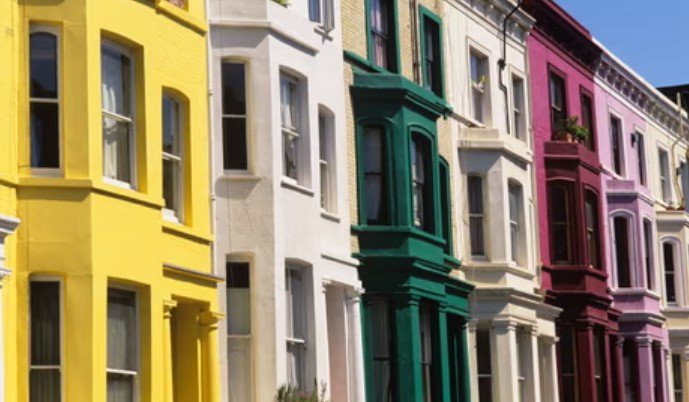UK house prices are experiencing a sluggish growth, with the average new asking price rising by just 0.5% in the month to 7 October. This is the smallest increase during this time of year since the 2008 financial crash. The impact of higher interest rates is evident in the housing market, as buyers and sellers adjust to changing conditions.
A Post-Summer Bump
The average new asking price for UK homes reached £368,231, but it was the smallest post-summer bump since the 2008 crisis. Property website Rightmove reported this subdued increase, highlighting the challenges faced by sellers in the current market. House prices have dropped by 0.8% in the 12 months leading up to early October, reflecting lower activity and cautious buyer behavior.

Market Dynamics
The number of agreed house sales has fallen by 17% compared to a year earlier, indicating a buyer’s market. Estate agents describe the current situation as “the most price-sensitive ever.” Despite this, interest remains strong, with an 8% increase in inquiries about each property advertised on Rightmove’s website compared to 2019 (pre-Covid-19 pandemic).
Renters and Landlords
Renters are feeling the squeeze as landlords attempt to pass on their higher mortgage costs. Housing shortages persist across much of the country, contributing to rising rents. Estate agent Hamptons reported that the average rent in Great Britain rose to £1,325 per month in September, up from £1,186 a year earlier. The steepest rent increases occurred in outer London, where prices rose by an average of 16.2%, while Wales experienced slower rental price growth at 5.2%.
Mortgage Interest Costs
Landlords are grappling with increased mortgage interest costs. According to Hamptons’ analysis of data from lobby group UK Finance and the Bank of England, mortgage interest costs for landlords rose by 40% in the year to August, reaching £15 billion annually. This figure could surpass £20 billion within the next two years as more landlords reach the end of their fixed-rate deals.
